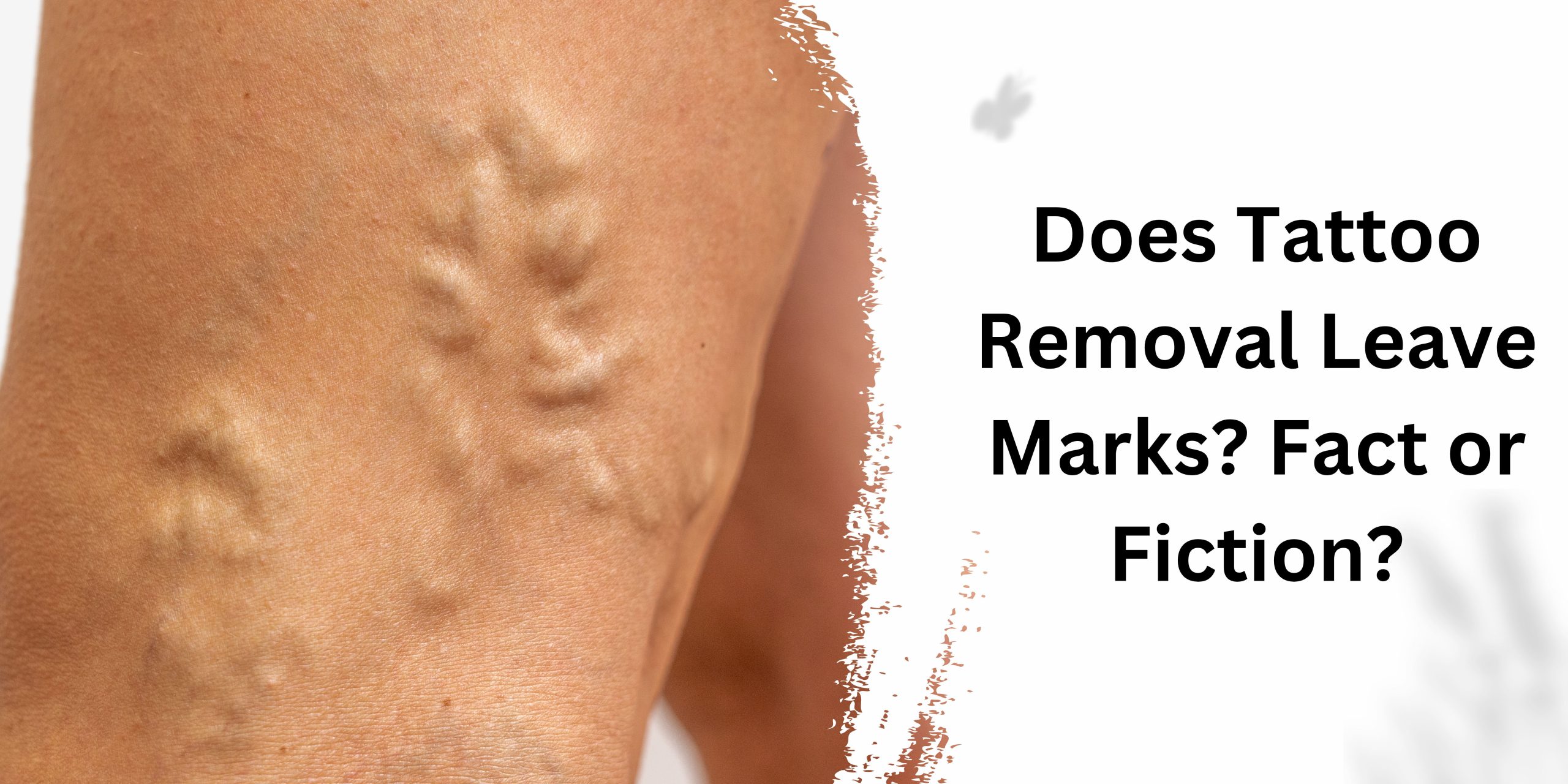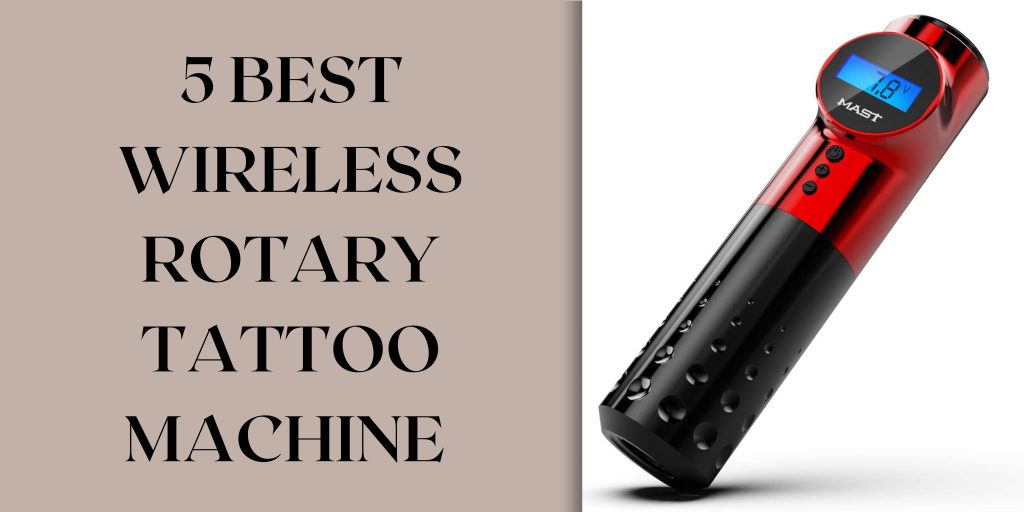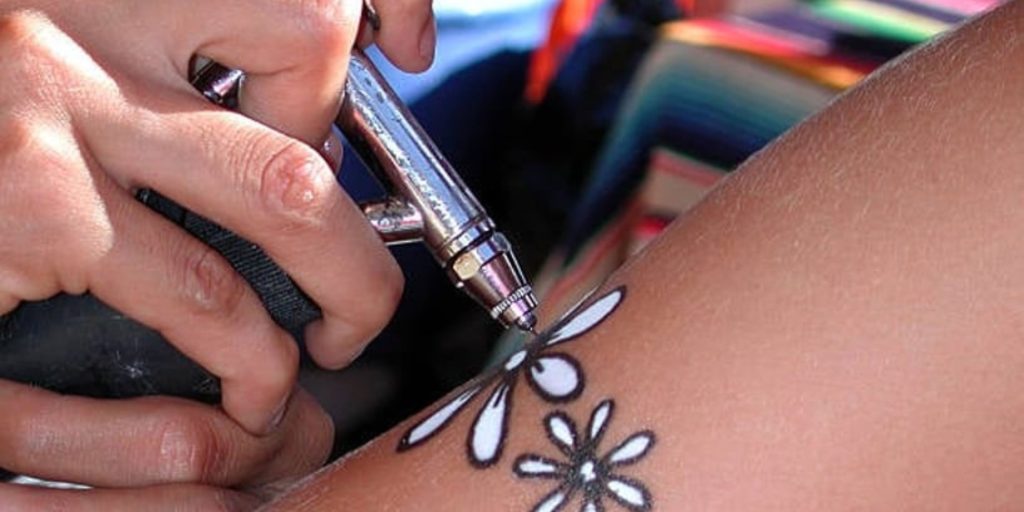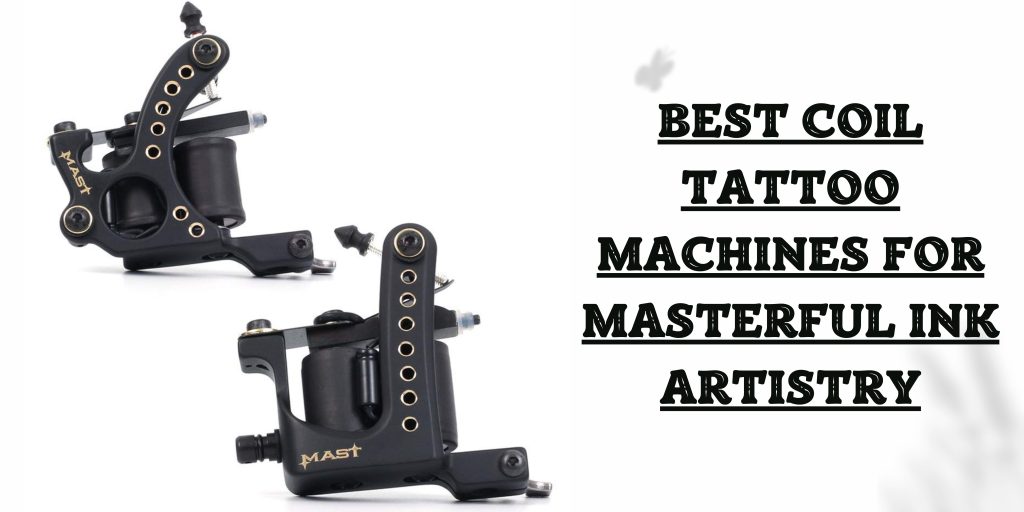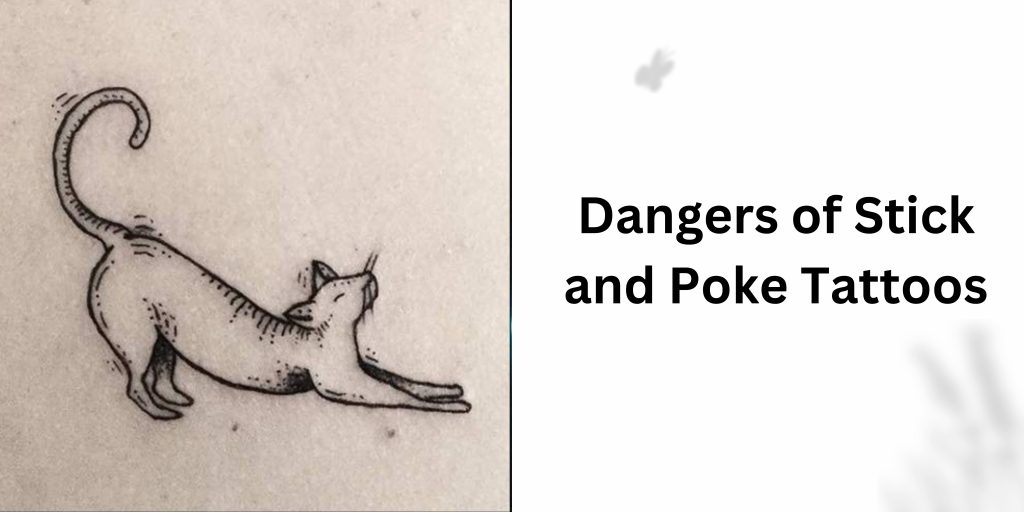Tattoos have become an increasingly popular form of self-expression over the years. However, as our tastes and preferences change, so too can our opinions about the ink permanently etched onto our skin. This has led to a surge in interest in tattoo removal. If you’re considering bidding farewell to your tattoo, you might be wondering: does tattoo removal leave marks or scars? In this article, we’ll delve into the world of tattoo removal, addressing common questions and shedding light on the potential for marks or scars.
Understanding the Tattoo Removal Process
Before we dive into the question of whether tattoo removal leaves marks, let’s explore the various methods of tattoo removal. These methods include:
Laser Tattoo Removal
Laser tattoo removal is one of the most common and effective methods available today. It involves using high-intensity laser beams to break down the ink particles in the skin, allowing the body’s natural processes to gradually eliminate them. But does laser tattoo removal leave scars?
The likelihood of scarring with laser tattoo removal is relatively low, especially when performed by a skilled professional. While some temporary redness and swelling are common after each session, these side effects usually subside within a few days. Significant scarring is rare, but individuals with a history of keloids or poor skin healing should consult a dermatologist before undergoing the procedure.
Read More: Best Practices for Tanning with a New Tattoo
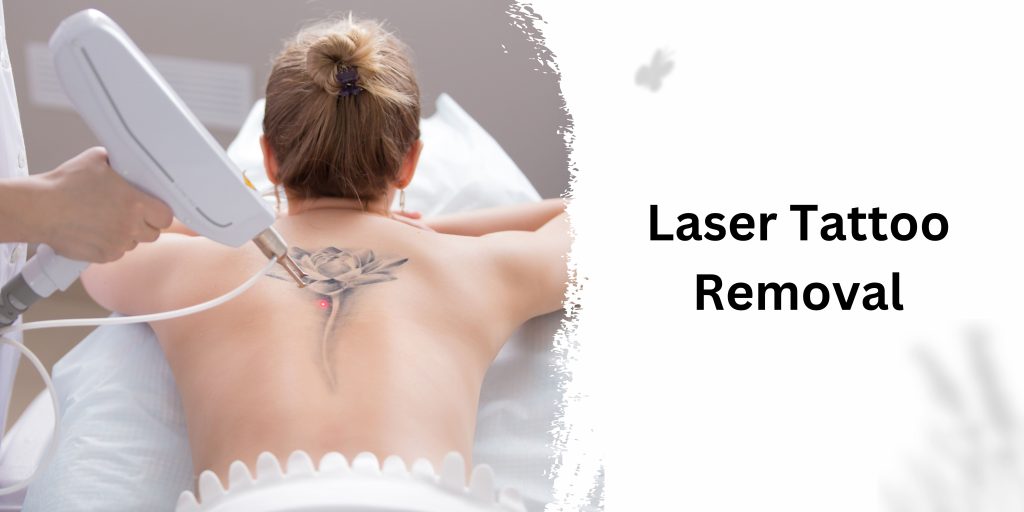
Surgical Excision
Surgical excision involves physically cutting out the tattooed skin and stitching the surrounding skin together. While this method is effective for smaller tattoos, it may leave a scar, similar to the appearance of a surgical scar. The size and depth of the tattoo, as well as the surgeon’s skill, can influence the final scar’s appearance.
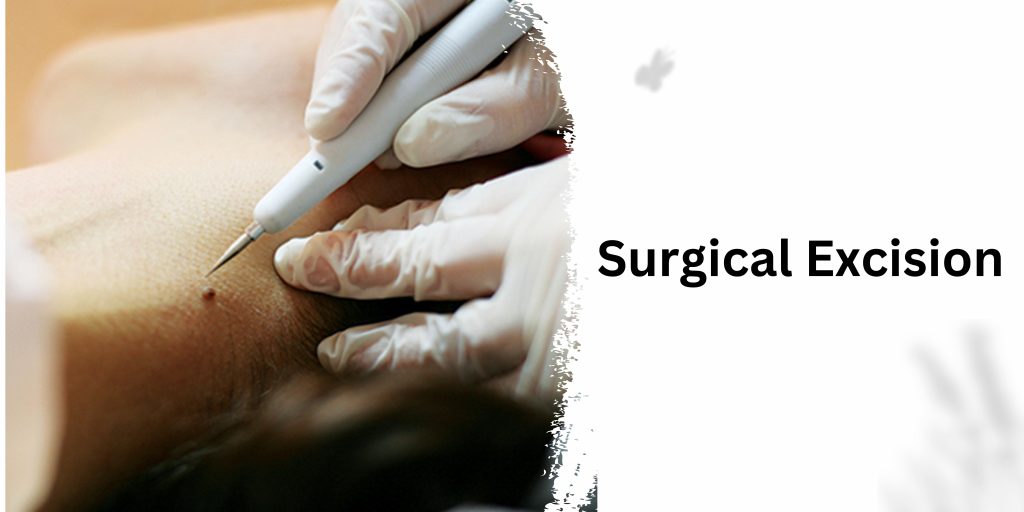
Dermabrasion
Dermabrasion uses a high-speed rotating brush to exfoliate the outer layers of the skin, gradually removing the tattoo. This method can result in some level of scarring, as the process is more abrasive and invasive compared to laser removal. The extent of scarring can vary based on individual healing factors.
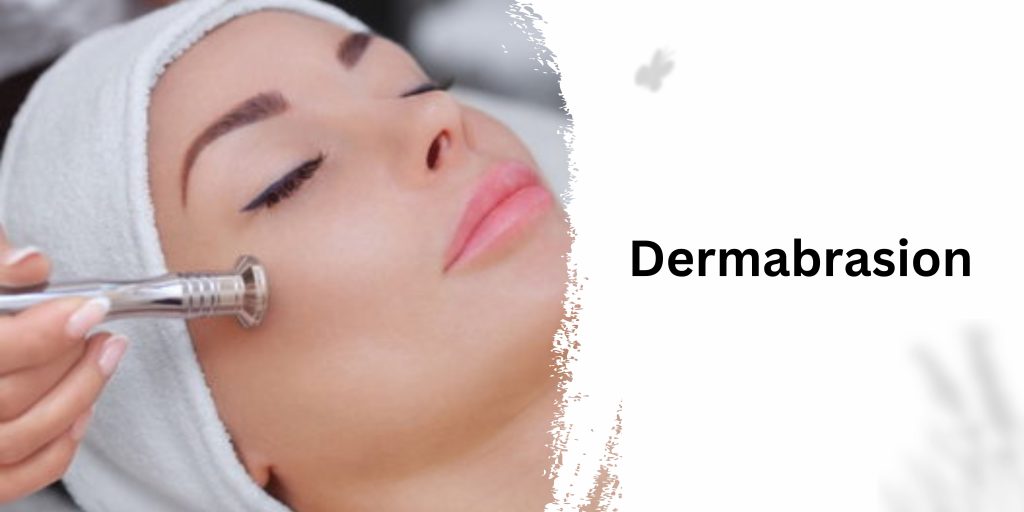
Creams and Topical Treatments
Numerous creams and topical treatments claim to fade tattoos over time. However, these methods are generally less effective than laser removal or surgical excision. While they might lead to some fading, they are unlikely to completely remove the tattoo and are less likely to cause significant scarring.
Does Tattoo Removal Leave Marks?
Now that we’ve explored the different methods, let’s address the main question: does tattoo removal leave marks or scars?
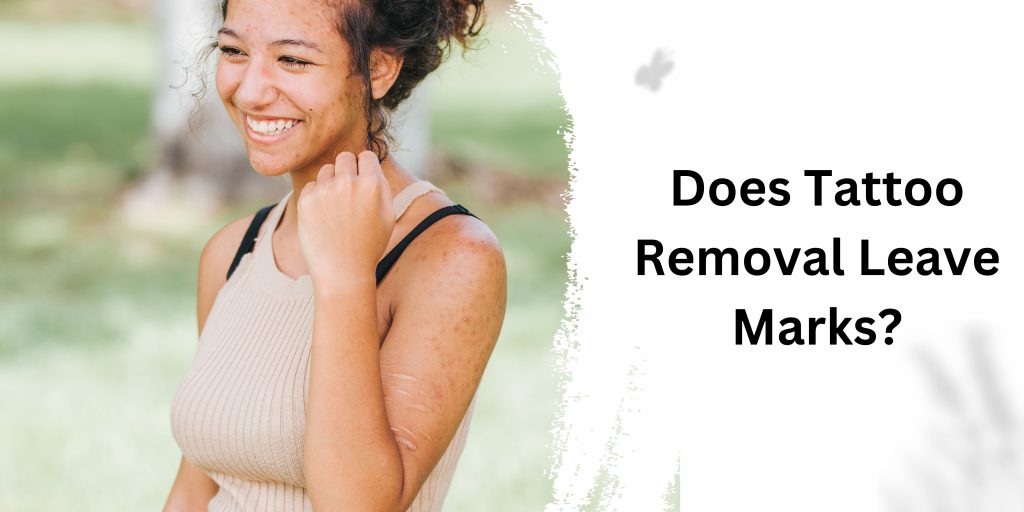
Temporary Side Effects and Marks
It’s important to note that all tattoo removal methods can cause temporary side effects, which are not the same as permanent scars. These side effects can include:
- Redness and Swelling: After a laser session, you might experience mild redness and swelling around the treated area. These effects are temporary and typically subside within a week.
- Blistering and Scabbing: Blistering and scabbing can occur, especially with more aggressive removal methods like dermabrasion or surgical excision. While these can be concerning, they are part of the natural healing process and usually heal without leaving lasting scars.
- Hypopigmentation or Hyperpigmentation: Changes in skin pigmentation can occur after tattoo removal, resulting in lighter or darker patches of skin. However, these changes are often temporary and tend to improve over time.
Long-Term Results and Potential Marks
When it comes to long-term results, the outcome of tattoo removal can vary based on several factors, including the tattoo’s size, colour, and depth, as well as your skin type and individual healing capacity.
- Fading vs. Complete Removal: In many cases, tattoo removal leads to significant fading or even complete removal of the tattoo. While some faint outlines may remain, they are usually not as noticeable as the original tattoo.
- Residual Scarring: While the risk of significant scarring is generally low, some individuals may develop small, faint scars at the site of the removed tattoo. These scars are usually not very noticeable and can often be minimized with proper aftercare.
- Texture Changes: In some cases, tattoo removal may lead to subtle changes in skin texture. However, advancements in laser technology and techniques have significantly reduced the likelihood of noticeable texture changes.
Minimizing Marks During Tattoo Removal
If you’re concerned about potential marks or scars from tattoo removal, there are steps you can take to minimize these effects:
Choosing the Right Removal Method
Opt for a reputable and experienced professional when selecting a removal method. Laser tattoo removal, when performed by a skilled practitioner, is known for its effectiveness and minimal scarring risk.
Preparing for the Removal Process
Follow your practitioner’s pre-treatment instructions carefully to ensure the best possible outcome. This may include avoiding sun exposure, staying hydrated, and refraining from certain medications that can increase bleeding or scarring risks.
Post-Removal Care and Aftercare Tips
Proper aftercare is crucial to promoting optimal healing and reducing the risk of scarring. Follow these aftercare tips:
- Keep the Area Clean: Gently cleanse the treated area with mild soap and water and pat it dry with a clean towel.
- Moisturize: Apply a thin layer of fragrance-free moisturizer to keep the skin hydrated and promote healing.
- Avoid Sun Exposure: Protect the treated area from the sun’s harmful rays by wearing loose clothing and applying sunscreen with a high SPF.
Professional vs. At-Home Tattoo Removal
When it comes to tattoo removal, seeking professional expertise is highly recommended, especially if you want to minimize the risk of scarring. Let’s compare professional tattoo removal with at-home methods:

Benefits of Professional Tattoo Removal
- Expertise: Trained professionals understand how to safely and effectively remove tattoos without causing excessive scarring.
- Advanced Technology: Professional clinics use state-of-the-art laser technology that targets the tattoo ink while minimizing damage to the surrounding skin.
- Customized Treatment Plans: Professionals can tailor the treatment plan to your specific tattoo and skin type, optimizing the results and reducing scarring risks.
Risks and Limitations of At-Home Methods
- Scarring Risk: At-home methods, such as creams or dermabrasion kits, carry a higher risk of scarring due to the lack of professional guidance.
- Inconsistent Results: Without proper training, at-home methods may lead to uneven fading, which can result in a more noticeable and uneven appearance.
- Delayed Results: Professional methods typically yield faster and more consistent results compared to at-home methods, which may require prolonged use with uncertain outcomes.
Conclusion
In the journey to bid adieu to your tattoo, it’s natural to have concerns about potential marks or scars. While all tattoo removal methods can cause temporary side effects, the risk of permanent scarring is generally low, especially when opting for professional removal by experienced practitioners. By choosing the right removal method, following proper aftercare, and seeking professional expertise, you can increase your chances of achieving a successful tattoo removal outcome with minimal marks or scars. Remember, it’s a process that requires patience and dedication, but the freedom from a tattoo that no longer resonates with you can be well worth it.
Frequently Asked Questions (FAQs)
Let’s address some frequently asked questions about tattoo removal and its potential for leaving marks or scars:

